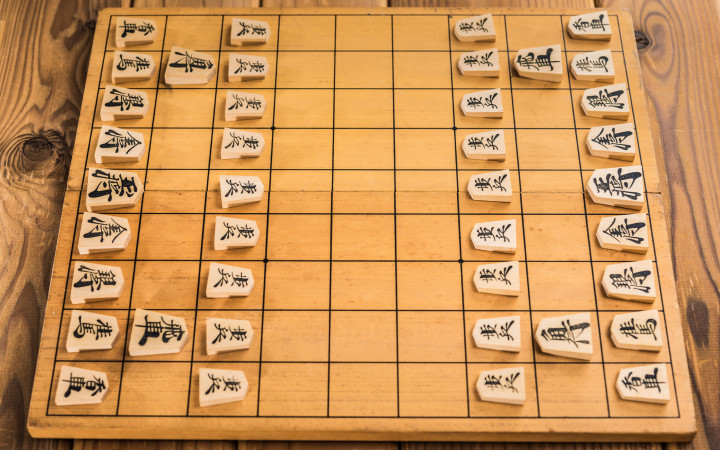Today’s Wonder of the Day was inspired by Ami. Ami Wonders, “What is Shogi” Thanks for WONDERing with us, Ami!
What games do you like to play in your free time? Many kids jump right to their favorite video game after school. Others head out to play a game of sports. Some might even go outside for a fun game of hide-and-seek. But for others, there’s nothing like a competitive board game.
Reading the words “board game,” many people immediately think of checkers or chess. Others might picture fun family game nights full of Monopoly, Chutes and Ladders, or Candy Land. But today, we’ll learn about an ancient game that’s still very much alive today. It’s called shogi.
What is shogi? It’s a Japanese form of western chess. In fact, you might think of shogi and chess as cousins. Each grew from the same board game, called chaturanga. It started in India around the 7th century.
How do you play shogi? First, you need two players, a board, and shogi pieces. The pieces are flat on top and pointed on one side. On the game board, the pointed side always faces the opposing player. Each piece is decorated with Japanese calligraphy written in black. This lets the player know what type of piece it is.
If you’ve ever played chess, many elements of shogi will sound familiar to you. For example, the object of both games is the same: Capture the other player’s king. Additionally, many shogi game pieces have the same names in chess. A few of these are the pawn, rook, and knight.
To play shogi, each side takes turns moving one piece at a time on the board. Like in chess, every shogi piece has its own rules concerning the direction and distance it can move in one turn. Each side also works to capture the other side’s pieces and advance on the king. One difference is that players can choose to put the captured pieces back into play instead of moving a piece already on the board.
There are other ways in which shogi differs from chess. One obvious difference is that the pieces are all the same color. In chess, their colors differentiate the two sides (black and white). In shogi, you tell which side a piece is on by looking at the direction it facesis facing.
Another difference is the promotion zone. This is the three rows on either end of the game board. Each player’s pieces start the game in the promotion zone closest to them. If a piece moves into the other side’s zone, the player can promote it.
Promotion means a piece will have more options for movement. To show a piece is promoted, the player flips it over. This reveals red calligraphy on the piece’s other side. A game of shogi ends when one player achieves checkmate, trapping the other side’s king.
Have you ever played shogi? Would you like to try? What other games from around the world sound interesting to you? It can be fun to learn how games from different cultures can be both similar and different.
Standards: CCRA.R.4, CCRA.L.3, CCRA.L.6 CCRA.R.2, CCRA.R.10 CCRA.W.2, CCRA.W.4, CCRA.W.9, CCRA.L.1, CCRA.L.2, CCRA.SL.1, CCRA.SL.2, CCRA.R.1




